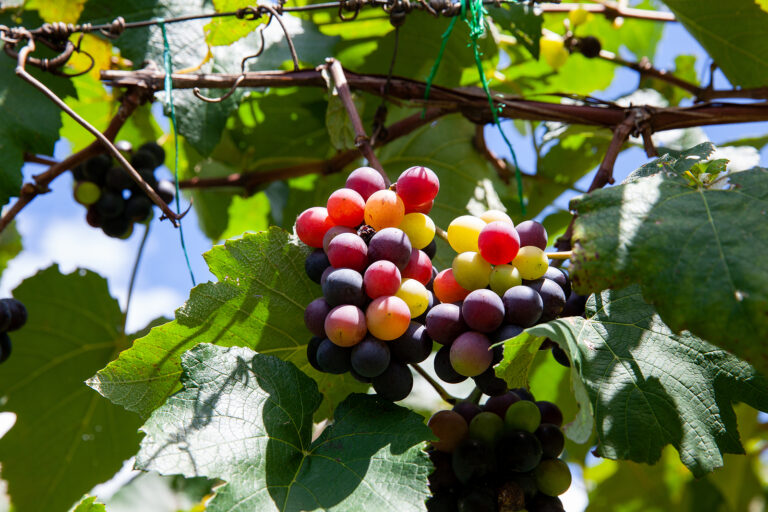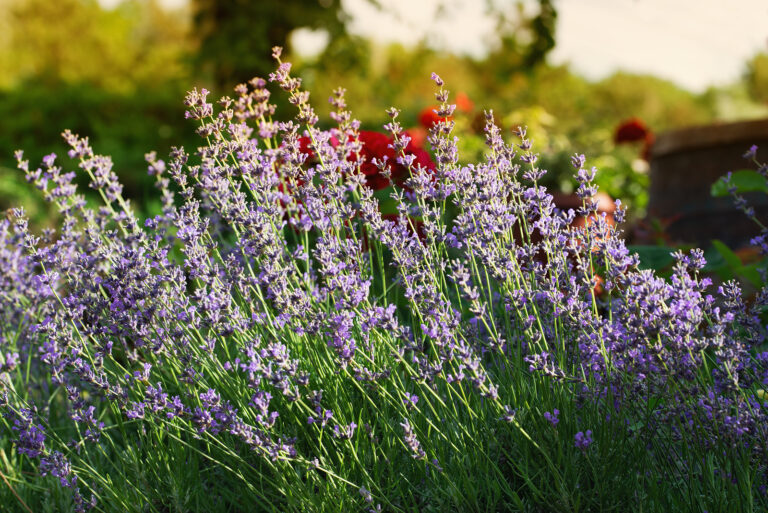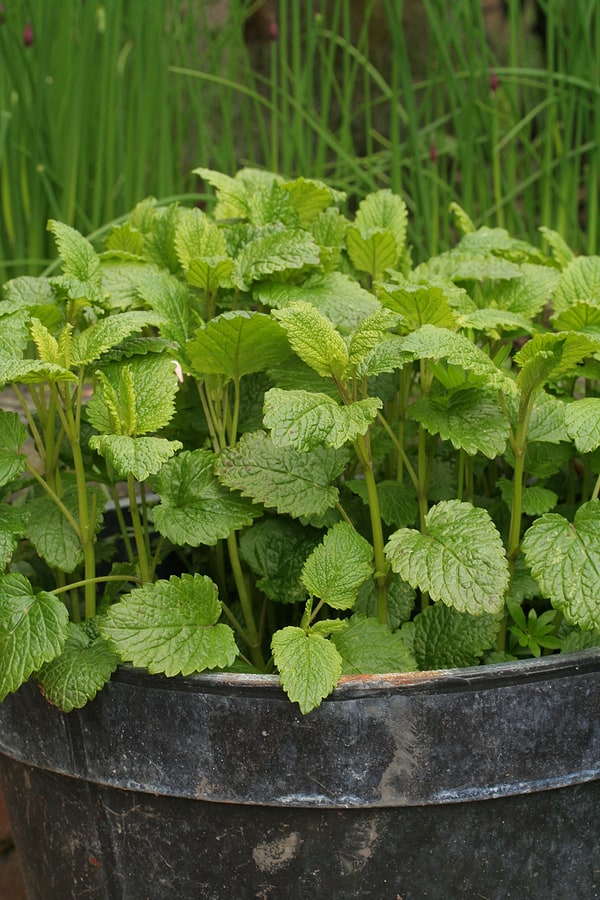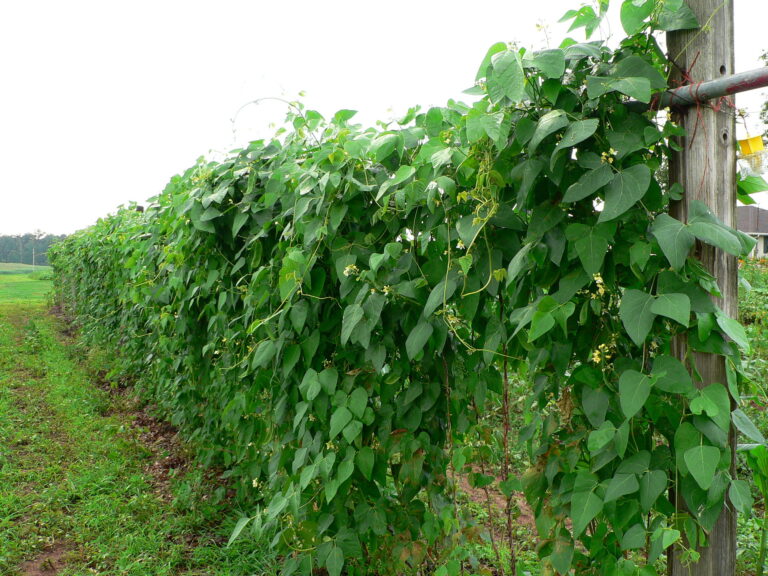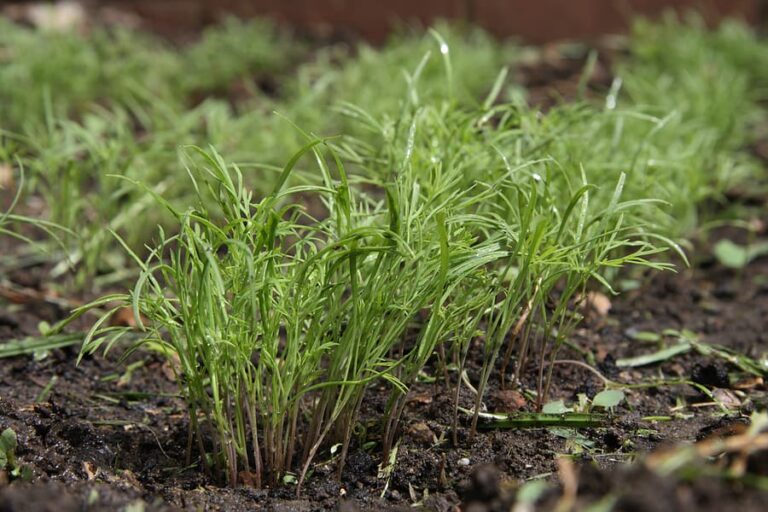Growing Melons Vertically: Save Space and Boost Harvests
After more than 30 years of growing melons in raised beds and mounded rows, I’ve found that vertical growing is one of the best ways to maximize space, improve airflow, and produce clean, healthy fruit—especially in smaller gardens.
If you’re growing muskmelons or other summer melons, don’t feel limited to letting them sprawl. With a little planning and the right supports, melon vines can thrive when trained to grow up rather than out.
Why Grow Melons Vertically?
Vertical growing offers several advantages, particularly if space is tight or if you’re working in raised beds:
- Better Air Circulation: Elevating the vines improves airflow, which helps prevent common melon problems like powdery mildew and downy mildew.
- Increased Sun Exposure: Vines get more even sun exposure, resulting in sweeter fruit.
- Cleaner Fruit: Melons grow off the ground, reducing pest damage and rot from soil contact.
- Space Efficiency: Trellising lets you grow more plants in less space, especially when combined with intensive planting methods like equidistant spacing.
Choosing a Vertical Support
Over the years, I’ve experimented with several types of supports. These are my top recommendations:
- Sturdy Trellises or Fences: These are the simplest vertical supports for melons. Be sure they’re tall enough—melon vines can easily reach 8 feet (2.4 m) or more.
- A-Frame Trellises: You can create a freestanding structure by leaning two trellises together and tying them at the top. These are especially useful in open garden beds.
- Trellis Against a Wall or Fence: A trellis positioned against a south-facing wall can benefit from extra warmth due to reflected heat, helping to ripen fruit faster in cooler climates.
Pro Tip: Whatever structure you choose, make sure it is well-anchored. As fruit matures and gains weight, even a strong support can become top-heavy and tip over late in the season if it’s not secure.
Spacing and Training Melons Vertically
Plant melon seedlings or direct-sow seeds at the base of your vertical support, spacing them about 12 inches (30 cm) apart. This close spacing works well if you feed and water consistently and keep the vines trained.
Use elastic horticultural tape or soft ties to guide vines up the trellis. Start training the vines early—once they’re about 12–18 inches (30–45 cm) long—and continue as they grow.
Supporting Heavy Fruit
Many melon vines can support the weight of the fruit on their own, especially smaller varieties. But for heavier melons, I recommend using garden netting, fabric slings, or old T-shirts cut into wide strips. Tie the sling to the trellis and cradle the fruit to prevent the stem from tearing as it ripens.
Final Thoughts from the Garden
Vertical growing isn’t just practical—it’s beautiful. Seeing melon vines climb skyward, with fruit hanging like ornaments, adds visual interest to your garden while also boosting productivity. With some sturdy supports and a little attention, vertical melons can thrive just as well—if not better—than their ground-sprawling counterparts.
Melons Overview: The Ultimate Guide to Growing Melons: From Planting to Harvest
Watermelons: How to Grow Watermelons from Seed to Harvest: Ultimate Guide for Sweet, Juicy Success
Related Posts:
Planting & Growing Basics
- When to Plant Melons for the Best Harvest
- Best Soil and Location for Growing Melons
- Planting and Spacing Melons Step-by-Step
- Growing Melons on Mounds and Hills: A Proven Method for Stronger Plants and Sweeter Fruit
Care & Maintenance
- Watering and Feeding Melons for Maximum Sweetness
- Caring for Melons Through the Season: A Practical Guide
- Melon Pollination: How It Works and When to Lend a Hand
- Melon Pests and Diseases: Identification and Control
Space-Saving Techniques
- Melons in Small Spaces: Container Growing Made Easy
- Growing Melons Vertically: Save Space and Boost Harvests
- Trellising Cantaloupes: Why and How
Ripeness & Harvesting
- How to Tell When Melons Are Ripe
- How to Know When Cantaloupes Are Ripe: Slip Stage and Other Signs
- The Gardener’s Guide to Harvesting and Storing Melons for Peak Flavor
Melon Types & Varieties
- Summer Melons vs Winter Melons: Know the Difference
- Growing Gaila, Honeydew, and Crenshaw Melons
- Best Cantaloupe Varieties for Home Gardens
Enjoying the Harvest


